News
Exclusive: Interview With Upcoming Author, Brian Parker.
 Not only do I love watching horror films but I enjoy reading the genre just as much; horror fiction holds a special place in my heart. I do not read as much as I would like to because my attention span is very limited, so If I can complete a book, it is quite an accomplishment. I recently stumbled upon writer Brian Parker. I began to read Parker’s novel Origins of the Outbreak, and I immediately fell in love with Parker’s story and style of writing. I was glued to my tablet all day reading this fascinating story. The reader will experience the chain of infection from one person to another, making this novel a wonderful read. Shortly after completing this novel I had my nine-year old daughter read Parker’s childrens book Zombie in the Basement. My daughter enjoyed it very much and asked me to read it again. As a parent it was very rewarding to have my daughter want to read (especially when the book had a zombie in it for a character). The children’s book delivered a strong message of how children should embrace their existence, and it is up to us to give children the love and support they need.
Not only do I love watching horror films but I enjoy reading the genre just as much; horror fiction holds a special place in my heart. I do not read as much as I would like to because my attention span is very limited, so If I can complete a book, it is quite an accomplishment. I recently stumbled upon writer Brian Parker. I began to read Parker’s novel Origins of the Outbreak, and I immediately fell in love with Parker’s story and style of writing. I was glued to my tablet all day reading this fascinating story. The reader will experience the chain of infection from one person to another, making this novel a wonderful read. Shortly after completing this novel I had my nine-year old daughter read Parker’s childrens book Zombie in the Basement. My daughter enjoyed it very much and asked me to read it again. As a parent it was very rewarding to have my daughter want to read (especially when the book had a zombie in it for a character). The children’s book delivered a strong message of how children should embrace their existence, and it is up to us to give children the love and support they need.
I have had the privilege of interviewing Author Brian Parker. I hope you all enjoy !
ihorror: Can you tell us a little bit about yourself?
Brian Parker: I’m an Active Duty Army veteran of both the Iraq and Afghanistan War; in fact I’m in Afghanistan right now. I self-published four books before signing a 4-book contract with Permuted Press last May. My novels GNASH and Enduring Armageddon were previously self-published and will be re-released by Permuted Press beginning in May 2015 along with two previously unpublished works, REND and SEVER.
I currently have four books available. Origins of the Outbreak is a zombie apocalypse horror story; The Collective Protocol is a paranormal thriller that shows how far people will go to gain power; Zombie in the Basement is a children’s picture book written to help children overcome the perceived stigma of being different than others; and my how-to guide Self-Publishing the Hard Way is for writers looking for pointers to self-publish their manuscript. My latest book Battle Damage Assessment should be available by mid- to late-November depending on my editor’s schedule.
iH: What are you working on now? What is your next project?
Parker: I just finished the first draft of my latest book Battle Damage Assessment. It’s actually strange how that one came about. I was writing SEVER, the fourth book in my Permuted Press contract, and this idea kept hammering at my brain for BDA. Maybe it’s because I’m deployed right now and the story is about a young soldier’s experiences in combat and how those experiences changed him, but the idea wouldn’t leave me alone. It got so bad that I finally made the decision to put SEVER on hold at 25K words into it and write BDA. That was only two months ago. The story literally exploded out of my mind onto the page. I’d be sitting in meetings and have to jot down ideas in my notebook because they just wouldn’t stop coming.
Once BDA is with my editor, I’m going to continue writing SEVER so I can deliver it to Permuted and the series will be complete.
iH: Is there a subject you would never write about as an author? If so, what is it?
Parker: Yes, there are definitely subjects that I refuse to write about, but the biggest one that comes to mind is the death of children. Even though I write mainly in the horror and post-apocalyptic genres, I simply won’t do that. I acknowledge that in the hypothetical situations that I write about, most of the children would be the first to go, but as a reader, I don’t want to read about that so I’d never put it in writing. Maybe it’s because I have children, maybe it’s because of some of the things that I’ve seen in the Army, I don’t know. It’s just a line that I’ve chosen not to cross. So if a child gets introduced in one of my books, you can bet your rear end that they’ll either stay alive throughout or simply exit stage right and we don’t hear about them anymore.
iH: What is your least favorite part or most challenging part of the publishing / writing process?
Parker: Editing. Editing. And, um let’s see, editing! I can’t stand the self-editing that I have to do before I send one of my books to my editor, Aurora Dewater, but it’s extremely important to catch things and clean stuff up before sending it to her. She still corrects gobs of errors, but she has no idea how many are in the first draft!
iH: Where does the inspiration come from when writing your novels? (Specifically Origins of the Outbreak).
Parker: I was an avid reader before I was a struggling author, so I tend to write the stories for me and what I would want to read. I think that’s the key to telling a good story. To answer your question about the multiple stories in Origins, a lot of the jobs that those characters had and their backgrounds are all things that I’ve done in my life, so I wrote them from my own experiences. I worked at Panera Bread all through college, I’ve got tattoos, spent a lot of time in bars, etc. I typically read one or two chapters a night, so I wanted to write this book in short, easily manageable segments that could be digested in small amounts of time and I thought it would be fun to examine the story from multiple vantage points, each one building off of the other without confusing a reader if they missed a key point earlier in the story.
iH: Can you tell us where your inspirations and ideas came from for Zombie in the Basement? (I know you had mentioned that your kids helped you write it).
Parker: I’d just received the paperback proof copy of my first book GNASH and my family and I went out to dinner to celebrate. I’m not sure if it was my son or daughter (four and five at the time, respectively) who said that they wanted me to write a book for them. I asked them what they wanted the book to be about and of course it was zombies, so I had to think of a way to write about a zombie that wouldn’t be scary. I didn’t mean to write a book about acceptance of others, it just sort of happened and the response (when people learn about the book) has been overwhelming. Each convention that I’ve taken ZitB to, I’ve sold out. Once people pick up the book and flip through the pages, they realize how powerful the message is and want to share it with their kids or grandchildren.
iH: What writing advice do you have for other aspiring authors?
Parker: Keep writing! Your stuff will probably not be very good at first, but with practice, it gets better. It’s true, look at the Dresden Files, the first book’s substance was good, but the writing gets more refined and clearer with each book. My editor comments on my books that with each one, the writing is better than the last and I can see it myself as well. Luckily, for me, I’ve been given the opportunity to polish my first two books with Permuted re-releasing them, so I’ll be able to go through line by line with their editor and clean things up even more.
Also, keep at it and don’t obsess about turning the perfect phrase. I’m a member of a lot of writing pages and try to get to them as much as I can, but so often I see people talking about editing and re-editing and going crazy over their first chapter and never advancing beyond that. They get frustrated because they put so much effort into making it perfect without actually doing any writing. Here’s what I do: I write the entire book, only making minor changes as things develop that need adjusting and then go back and edit once I’m done. It’s that simple. My first book GNASH took me 2.5 years to complete, in part because I hadn’t learned that trick yet. I mostly incorporated it into my writing when I wrote Enduring Armageddon and that took me eight months. For my third book REND I didn’t edit anything until I was done with the story. It took four months. I’m averaging about four months per book now. It works for me; I hope that it’ll help other writers out.
Oh yeah, here’s my final piece of unsolicited advice and pardon my French, but don’t be a dick. Yes, you’re a writer and you’ve accomplished a huge feat by finishing a book; now be nice, be courteous, help advance our craft and don’t bash other writers. We’re not competing with each other. It’s not like we’re selling a car; a reader will not only buy one book and read that book exclusively for the next five years. Most readers buy ten or twelve books a year, some buy a whole lot more, let’s help each other out.
iH: Is horror the only genre you have written? Is it your favorite?
Parker: I’m all over the place, frankly. My publishing contract is with Permuted Press, so through them I’m contracted for three zombie books and one post-apocalyptic novel. Then I’ve got Origins, which is zombie/horror and The Collective Protocol is a paranormal thriller. The book that I just finished is a military fiction about a soldier’s experience in Afghanistan (although I did manage to slip the word “zombie” in there). The project that I’ve already begun thinking about after I finish SEVER is a paranormal investigation series, so I couldn’t even tell you what my favorite genre to write in is either! I love telling a good story, regardless of where it gets categorized.
iH: Is there a message in any of your novels that you want readers to grasp?
Parker: I didn’t really get my own message until I finished BDA and then it hit me. I think an underlying theme of my work is that regardless of who you are, there is someone out there for you to love. I know, it’s strange coming from a big, tough Army guy, but every one of my books have some element of romance. Maybe I’m a hopeless romantic at heart, I don’t know, but it definitely comes out in my writing without overpowering the rest of the story.
iH: If you had to choose, which writer would you consider a mentor?
Parker: Oh geez, the list is way too long! I admire writers for different reasons, but the one guy who really got me started writing again is J.L. Bourne (Day by Day Armageddon series). I’d fallen into the mental trap that most adults with a career or family commitments fall into. I convinced myself that I didn’t have time to write, so I stopped after college. One day in 2008 or ‘09, I finished J.L.’s book and then read his bio. The guy is an Active Duty Naval officer and I decided that if he could find time to write, then so could I… I just watch a whole lot less television and movies than I used to.
iH: What were the challenges (research, literary, and psychological) in bringing your stories to life?
Parker: One of the biggest challenges – at first – was writing in a style conducive to reading. I’d been writing in the Army Writing Style of active voice, eliminate pronouns and adjectives, no nonsense-type stuff for over twelve years when I started writing for fun; it’s a totally different way of structuring sentences that is a very hard habit to break, especially since I still have to write that way at work. Also, dredging up those old high school English lessons has been key (also, Aurora is great at reminding me about the stylistic aspects of English). I didn’t learn much in my creative writing classes in college; it was primarily write a story, get a grade and write another story, so high school was very important in my English language foundation.
I always have Google open when I write. I swear the NSA has me on some type of watch list for the things I’ve researched. Nuclear bombs, fighter jets, the US President’s bodyguards, viruses, bacteria, CDC response to outbreaks, the layout of the National Archives, locations of “secret” government bunkers… All sorts of stuff that is innocent enough if you know why I’m looking it up, but altogether, it might look bad to some dude in Maryland monitoring the internet.
iH: If one of your books was turned into a movie, which book would it be and what actor do you see playing your lead roles?
Parker: Out of the books that I’ve written so far, the one that I absolutely believe could be made into a movie would be GNASH. Readers of that book and the three readers that I’ve allowed to see the sequel REND have said it seems just like a movie by the way it focuses on multiple characters and doesn’t bog down on following only one storyline. The book could be a stand-alone political thriller without the zombie aspect, but the two together make a great combination.
Let’s see, lead characters… I see Grayson Donnelly as a Mark Walburg type of guy, quiet, unassuming and compassionate but his former military training lets him kick butt when needed. Emory Perry, is pretty, strong and smart; I see her as a more of a Jessica Biel character. Jessica Spellman was a pretty high school cheerleader, but years of the wrong type of men have turned her into the shell of her former self but she shines after Grayson saves her life. Definitely Elisha Cuthburt. Hank Dawson is an Army Delta operator who doesn’t take any lip from anyone, so I see Cam Gigandet. Finally, the CIA operative Kestrel, Asher Hawke, is only in “GNASH” for about twenty pages, but he’s the main character in REND. I see Karl Urban playing him.
iH: Finally how can we find you?
Parker: I’m all over! My primary interaction with readers is on my Facebook page although I’m trying to increase my Twitter usage. I also have a website that I’m horrible about updating, but it is available and I usually post unedited portions of my works in progress on there.
'Civil War' Review: Is It Worth Watching?
Follow our new YouTube channel "Mysteries and Movies" here.

Lists
Thrills and Chills: Ranking ‘Radio Silence’ Films from Bloody Brilliant to Just Bloody
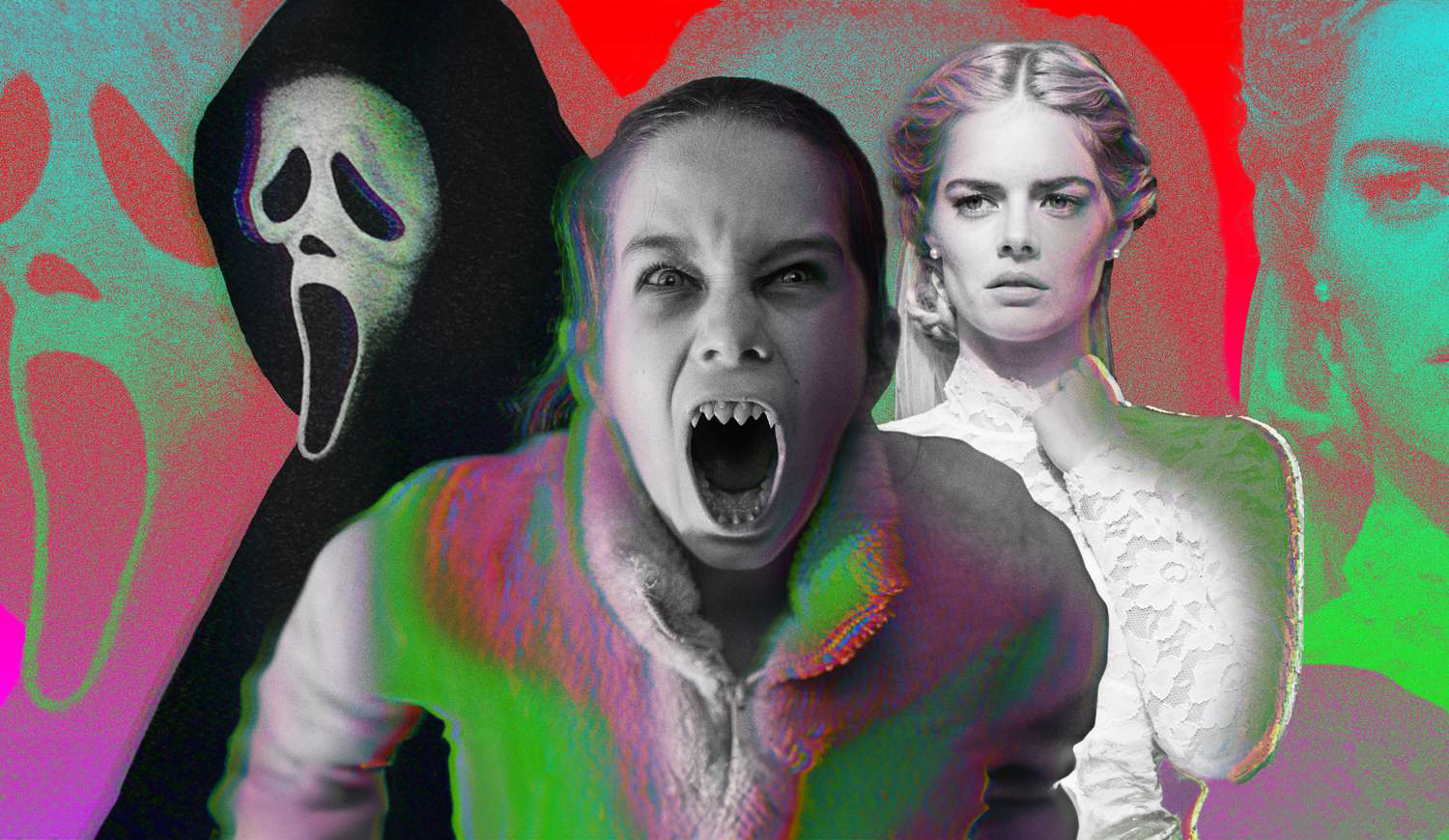
Matt Bettinelli-Olpin, Tyler Gillett, and Chad Villella are all filmmakers under the collective label called Radio Silence. Bettinelli-Olpin and Gillett are the primary directors under that moniker while Villella produces.
They have gained popularity over the past 13 years and their films have become known as having a certain Radio Silence “signature.” They are bloody, usually contain monsters, and have breakneck action sequences. Their recent film Abigail exemplifies that signature and is perhaps their best film yet. They are currently working on a reboot of John Carpenter’s Escape From New York.
We thought we would go through the list of projects they have directed and rank them from high to low. None of the movies and shorts on this list are bad, they all have their merits. These rankings from top to bottom are just ones we felt showcased their talents the best.
We didn’t include movies they produced but didn’t direct.
#1. Abigail
An update to the second film on this list, Abagail is the natural progression of Radio Silence’s love of lockdown horror. It follows in pretty much the same footsteps of Ready or Not, but manages to go one better — make it about vampires.
#2. Ready or Not
This film put Radio Silence on the map. While not as successful at the box office as some of their other films, Ready or Not proved that the team could step outside their limited anthology space and create a fun, thrilling, and bloody adventure-length film.
#3. Scream (2022)
While Scream will always be a polarizing franchise, this prequel, sequel, reboot — however you want to label it showed just how much Radio Silence knew the source material. It wasn’t lazy or cash-grabby, just a good time with legendary characters we love and new ones who grew on us.
#4 Southbound (The Way Out)
Radio Silence tosses their found footage modus operandi for this anthology film. Responsible for the bookend stories, they create a terrifying world in their segment titled The Way Out, which involves strange floating beings and some sort of time loop. It’s kind of the first time we see their work without a shaky cam. If we were to rank this entire film, it would remain at this position on the list.
#5. V/H/S (10/31/98)
The film that started it all for Radio Silence. Or should we say the segment that started it all. Even though this isn’t feature-length what they managed to do with the time they had was very good. Their chapter was titled 10/31/98, a found-footage short involving a group of friends who crash what they think is a staged exorcism only to learn not to assume things on Halloween night.
#6. Scream VI
Cranking up the action, moving to the big city and letting Ghostface use a shotgun, Scream VI turned the franchise on its head. Like their first one, this film played with canon and managed to win over a lot of fans in its direction, but alienated others for coloring too far outside the lines of Wes Craven’s beloved series. If any sequel was showing how the trope was going stale it was Scream VI, but it managed to squeeze some fresh blood out of this nearly three-decade mainstay.
#7. Devil’s Due
Fairly underrated, this, Radio Silence’s first feature-length film, is a sampler of things they took from V/H/S. It was filmed in an omnipresent found footage style, showcasing a form of possession, and features clueless men. Since this was their first bonafide major studio job it’s a wonderful touchstone to see how far they have come with their storytelling.
'Civil War' Review: Is It Worth Watching?
Follow our new YouTube channel "Mysteries and Movies" here.
News
Perhaps the Scariest, Most Disturbing Series of The Year

You may have never heard of Richard Gadd, but that will probably change after this month. His mini-series Baby Reindeer just hit Netflix and it’s a terrifying deep dive into abuse, addiction, and mental illness. What is even scarier is that it’s based on Gadd’s real-life hardships.
The crux of the story is about a man named Donny Dunn played by Gadd who wants to be a stand-up comedian, but it’s not working out so well thanks to stage fright stemming from his insecurity.
One day at his day job he meets a woman named Martha, played to unhinged perfection by Jessica Gunning, who is instantly charmed by Donny’s kindness and good looks. It doesn’t take long before she nicknames him “Baby Reindeer” and begins to relentlessly stalk him. But that is just the apex of Donny’s problems, he has his own incredibly disturbing issues.
This mini-series should come with a lot of triggers, so just be warned it is not for the faint of heart. The horrors here don’t come from blood and gore, but from physical and mental abuse that go beyond any physiological thriller you may have ever seen.
“It’s very emotionally true, obviously: I was severely stalked and severely abused,” Gadd said to People, explaining why he changed some aspects of the story. “But we wanted it to exist in the sphere of art, as well as protect the people it’s based on.”
The series has gained momentum thanks to positive word-of-mouth, and Gadd is getting used to the notoriety.
“It’s clearly struck a chord,” he told The Guardian. “I really did believe in it, but it’s taken off so quickly that I do feel a bit windswept.”
You can stream Baby Reindeer on Netflix right now.
If you or someone you know has been sexually assaulted, please contact the National Sexual Assault Hotline at 1-800-656-HOPE (4673) or go to rainn.org.
'Civil War' Review: Is It Worth Watching?
Follow our new YouTube channel "Mysteries and Movies" here.
Movies
The Original ‘Beetlejuice’ Sequel Had an Interesting Location
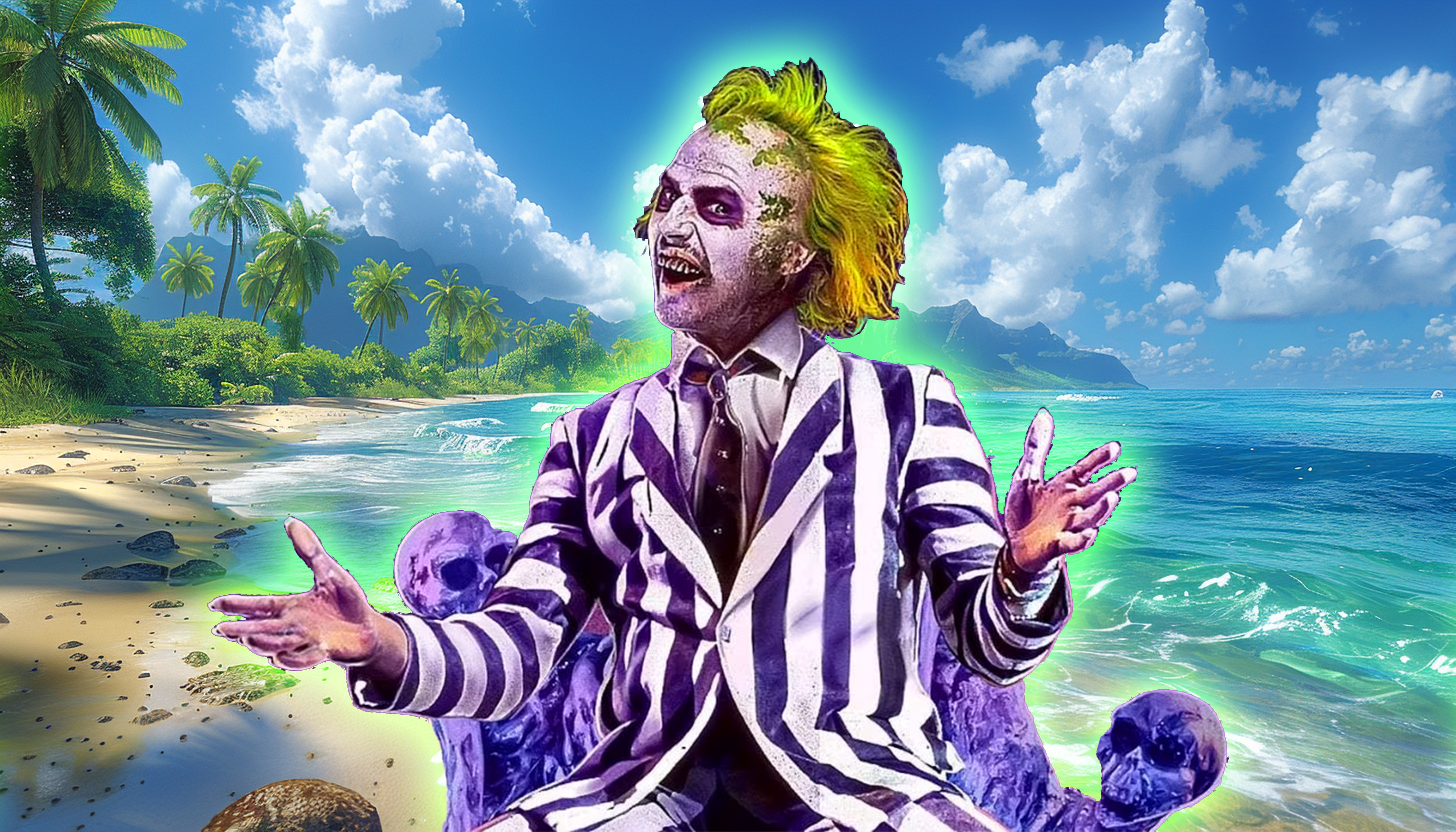
Back in the late ’80s and early ’90s sequels to hit movies weren’t as linear as they are today. It was more like “let’s re-do the situation but in a different location.” Remember Speed 2, or National Lampoon’s European Vacation? Even Aliens, as good as it is, follows a lot of the plot points of the original; people stuck on a ship, an android, a little girl in peril instead of a cat. So it makes sense that one of the most popular supernatural comedies of all time, Beetlejuice would follow the same pattern.
In 1991 Tim Burton was interested in doing a sequel to his 1988 original, it was called Beetlejuice Goes Hawaiian:
“The Deetz family moves to Hawaii to develop a resort. Construction begins, and it’s quickly discovered that the hotel will be sitting on top of an ancient burial ground. Beetlejuice comes in to save the day.”
Burton liked the script but wanted some re-writes so he asked then-hot screenwriter Daniel Waters who had just got done contributing to Heathers. He passed on the opportunity so producer David Geffen offered it to Troop Beverly Hills scribe Pamela Norris to no avail.
Eventually, Warner Bros. asked Kevin Smith to punch up Beetlejuice Goes Hawaiian, he scoffed at the idea, saying, “Didn’t we say all we needed to say in the first Beetlejuice? Must we go tropical?”
Nine years later the sequel was killed. The studio said Winona Ryder was now too old for the part and an entire re-cast needed to happen. But Burton never gave up, there were a lot of directions he wanted to take his characters, including a Disney crossover.
“We talked about lots of different things,” the director said in Entertainment Weekly. “That was early on when we were going, Beetlejuice and the Haunted Mansion, Beetlejuice Goes West, whatever. Lots of things came up.”
Fast-forward to 2011 when another script was pitched for a sequel. This time the writer of Burton’s Dark Shadows, Seth Grahame-Smith was hired and he wanted to make sure the story wasn’t a cash-grabbing remake or reboot. Four years later, in 2015, a script was approved with both Ryder and Keaton saying they would return to their respective roles. In 2017 that script was revamped and then eventually shelved in 2019.
During the time the sequel script was being tossed around in Hollywood, in 2016 an artist named Alex Murillo posted what looked like one-sheets for a Beetlejuice sequel. Although they were fabricated and had no affiliation with Warner Bros. people thought they were real.
Perhaps the virality of the artwork sparked interest in a Beetlejuice sequel once again, and finally, it was confirmed in 2022 Beetlejuice 2 had a green light from a script written by Wednesday writers Alfred Gough and Miles Millar. The star of that series Jenna Ortega signed on to the new movie with filming starting in 2023. It was also confirmed that Danny Elfman would return to do the score.
Burton and Keaton agreed that the new film titled Beetlejuice, Beetlejuice wouldn’t rely on CGI or other other forms of technology. They wanted the film to feel “handmade.” The film wrapped in November 2023.
It’s been over three decades to come up with a sequel to Beetlejuice. Hopefully, since they said aloha to Beetlejuice Goes Hawaiian there has been enough time and creativity to ensure Beetlejuice, Beetlejuice will not only honor the characters, but fans of the original.
Beetlejuice, Beetlejuice will open theatrically on September 6.
'Civil War' Review: Is It Worth Watching?
Follow our new YouTube channel "Mysteries and Movies" here.
-

 News6 days ago
News6 days agoWoman Brings Corpse Into Bank To Sign Loan Papers
-

 News7 days ago
News7 days agoHome Depot’s 12-Foot Skeleton Returns with a New Friend, Plus New Life-Size Prop from Spirit Halloween
-

 News5 days ago
News5 days agoBrad Dourif Says He’s Retiring Except For One Important Role
-

 Strange and Unusual5 days ago
Strange and Unusual5 days agoMan Arrested for Allegedly Taking a Severed Leg From Crash Site And Eating It
-

 Movies6 days ago
Movies6 days agoPart Concert, Part Horror Movie M. Night Shyamalan’s ‘Trap’ Trailer Released
-
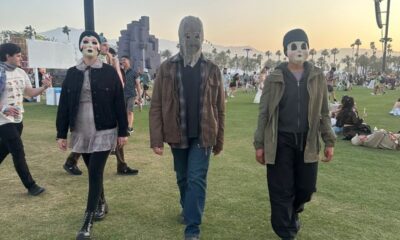
 Movies7 days ago
Movies7 days ago‘The Strangers’ Invaded Coachella in Instagramable PR Stunt
-

 Movies6 days ago
Movies6 days agoAnother Creepy Spider Movie Hits Shudder This Month
-
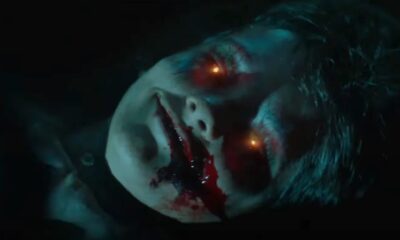
 Movies6 days ago
Movies6 days agoRenny Harlin’s Recent Horror Movie ‘Refuge’ Releasing in U.S. This Month




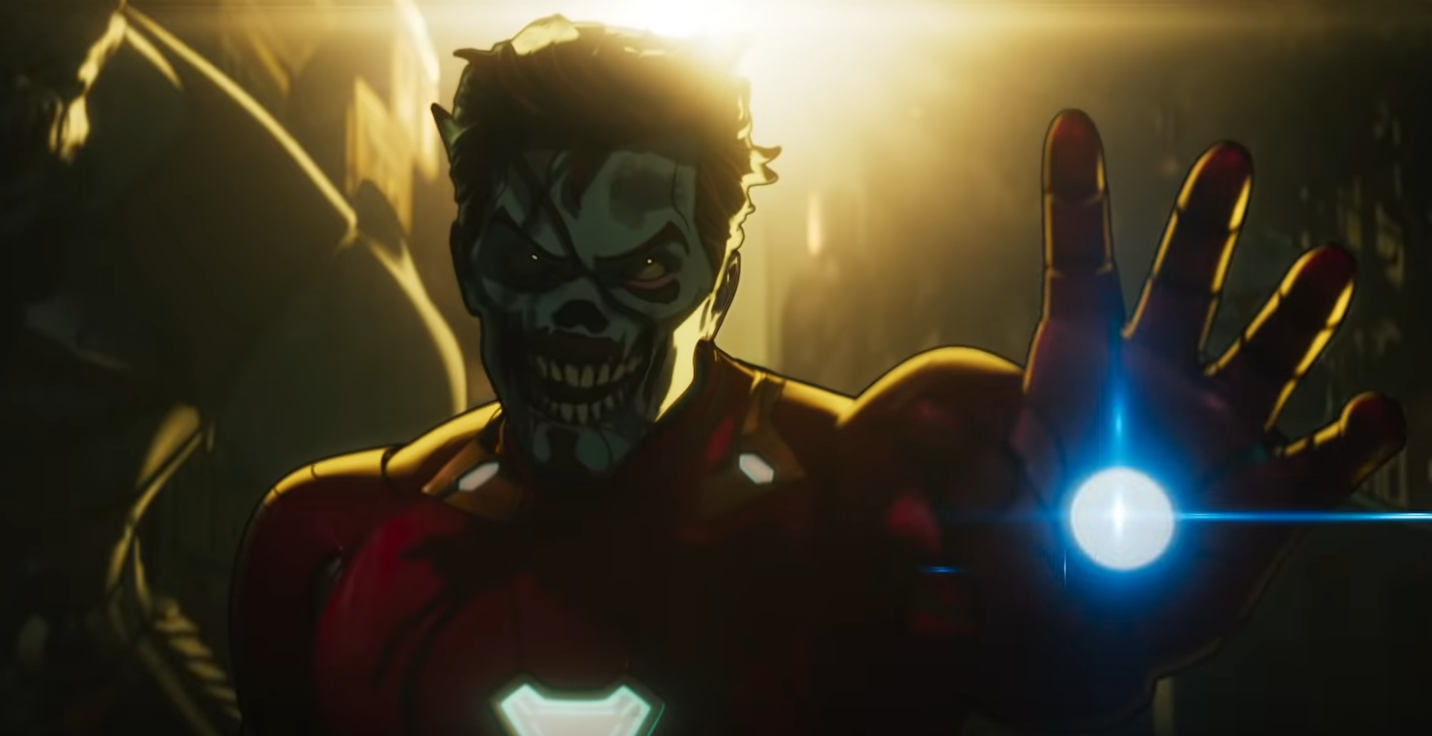
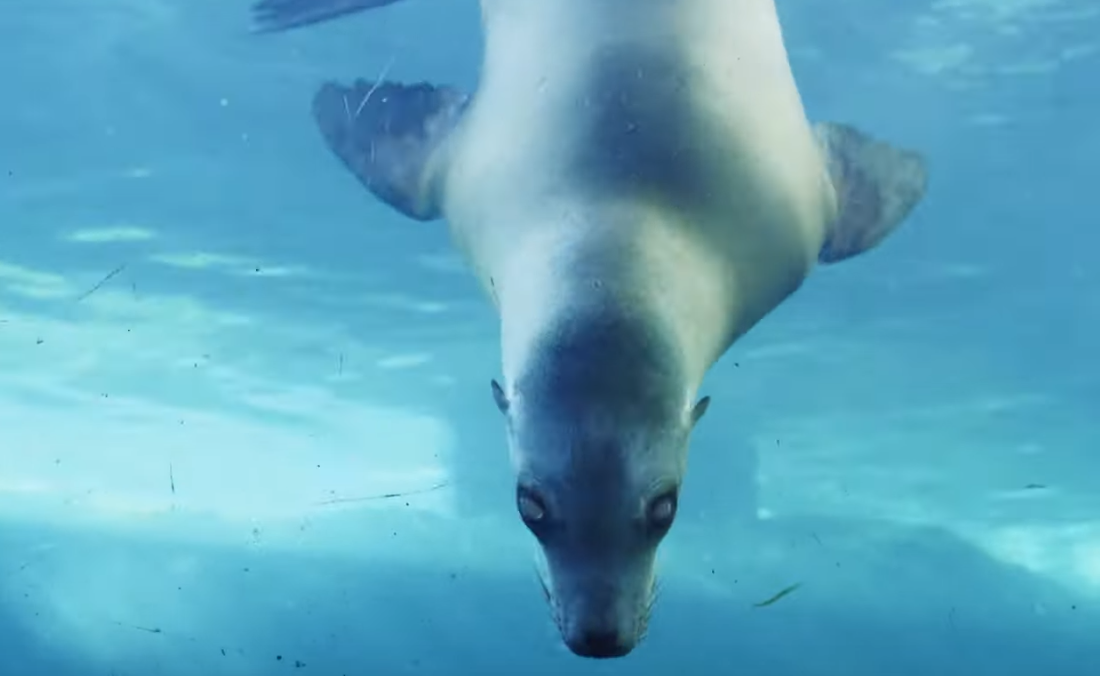


















You must be logged in to post a comment Login